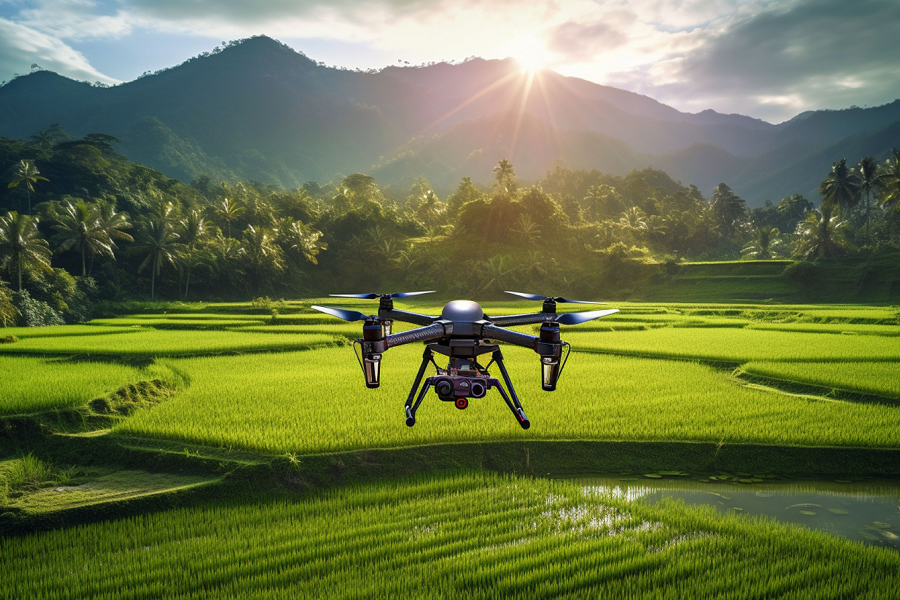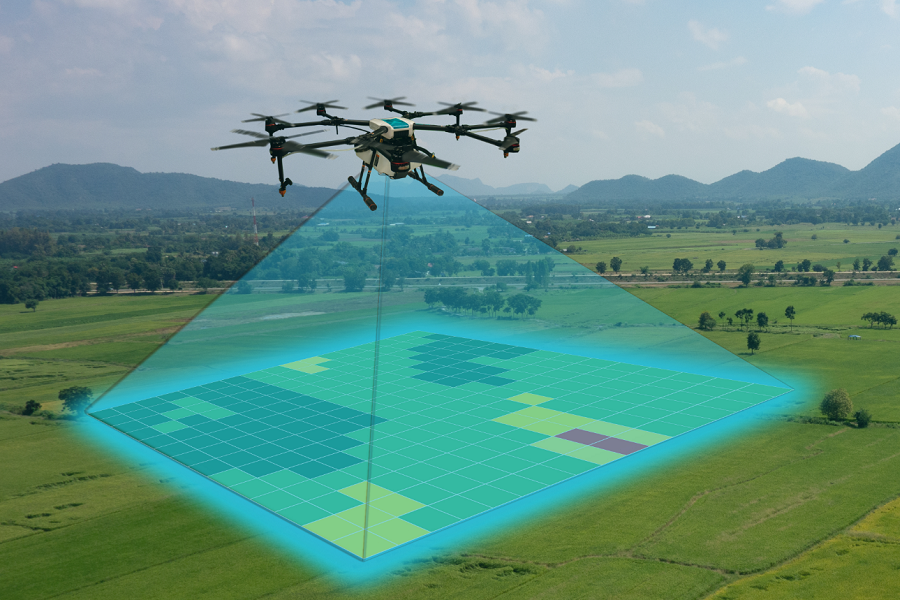by Luana Centorame
Share
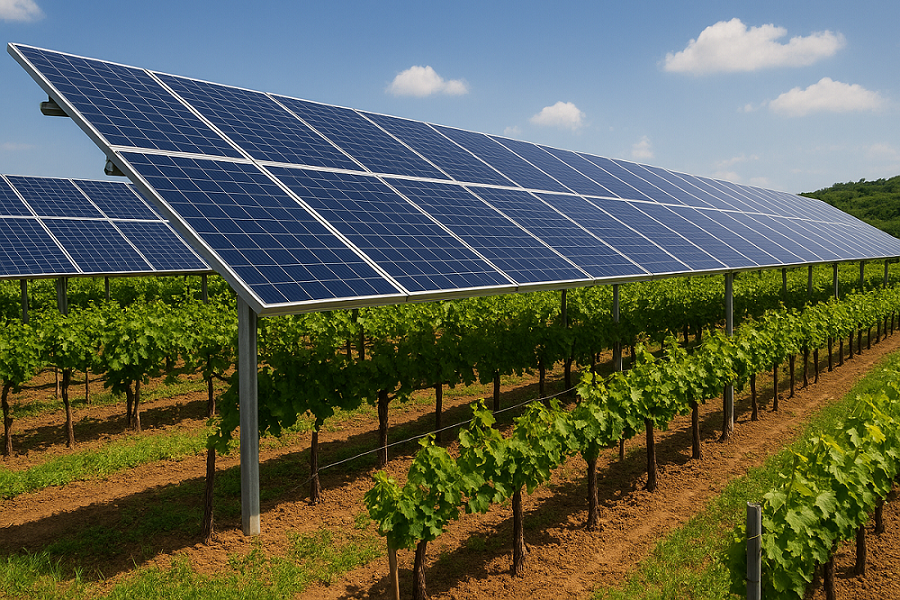
Introduction
Agrivoltaics refers to the use of land with a dual purpose: to produce photovoltaic energy, through the installation of solar panels, and to conduct agricultural activities . The benefits of an agrivoltaic system vary depending on the crop chosen. For example, in the case of tomatoes, the installation of panels provides more shade that reduces the negative effects of extreme temperatures; another example is rice, which is a crop that requires a lot of water and could take advantage of shaded areas with a “cooling” effect.
This is an innovative solution in which it is possible to combine power generation with agricultural production; we could consider it a win-win approach for the farmer. However, the introduction of a partial cover of solar panels significantly changes the microclimatic conditions of the field: available solar radiation, soil temperature, moisture and water distribution.
To understand and optimize these effects, drones make it possible to collect high-precision data on the physiological state of crops and the microclimatic changes generated by the presence of the panels, thus offering concrete support for agronomic decisions.
The drone: eyes at the service of the technician and the farmer
A drone equipped with RGB sensors and a thermal imaging camera is a decisive tool for in-depth analysis of the status of the agrivoltaic system (Figure 1). Through scheduled flights, iDrone is Agrobit’s service to acquire valuable information quickly and with high accuracy. The images collected during the flight are processed with dedicated software and algorithms developed by the team, producing in output thematic maps useful for monitoring the arboreal and energy plant.
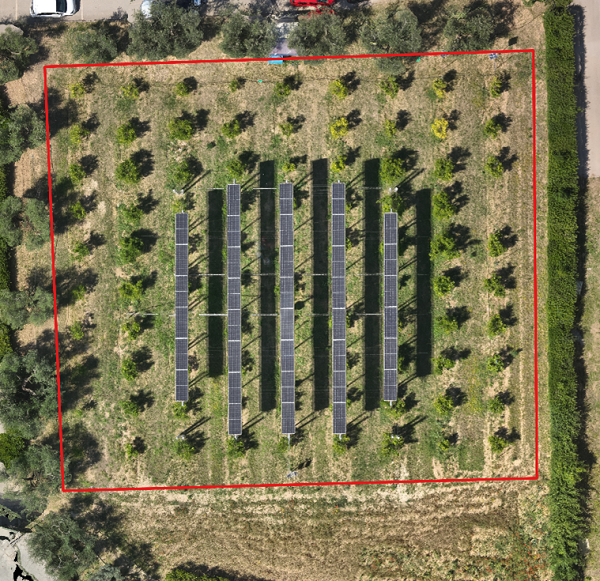
Fig.1: Citrus grove in experimental agrivoltaic plant (CIHEAM Bari).
With this approach, the farmer does not have to simply observe the field “with the naked eye,” but can rely on an objective and detailed analysis based on measurable data.
Specifically, iDrone enables:
- Monitor crop development under solar panels, assessing differences in vigor and growth between areas in full sun and shaded areas;
- Detect water or thermal stresses early, which are critical in an agri-voltaic context where environmental conditions are heterogeneous;
- Create thematic maps that support targeted agronomic choices, such as irrigation and site-specific resource management.
RGB and thermal investigation through 3D model
The case study is a citrus grove cultivated in southern Italy in the simultaneous presence, on some rows, of photovoltaic system. In detail, the panels are mounted at a height of about 4 meters and affect the central area of the citrus grove. This preliminary information is essential for data analysis.
Since this is an arboreal plant, it is essential to focus on the proper extraction of data from the canopy. RGB images make it possible to create a true-color orthomosaic from which the heterogeneity of the plant can be appreciated, and during the aerial image processing phase, the 3D point cloud, i.e., a digital twin (digital twin) of the field, is also constructed. Figure 2 shows a perspective of the citrus grove in 3D, with excellent point depth, which is essential for assessments below the PV panels.
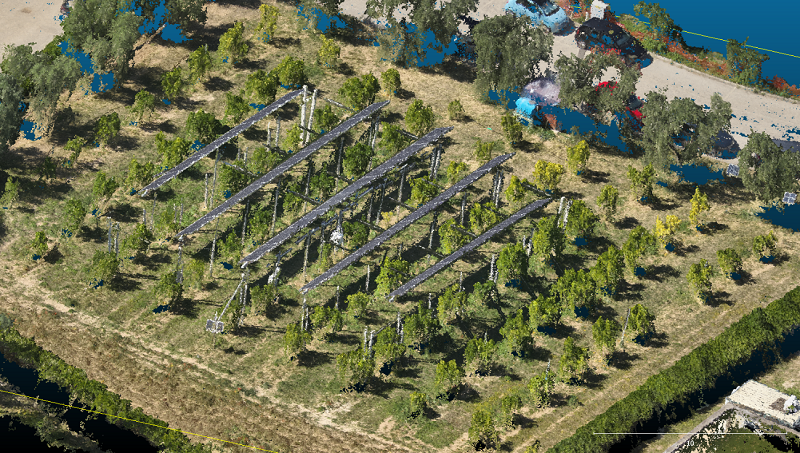
Fig.2: Three-dimensional model of the citrus grove.
Using dedicated algorithms, it is possible to extract the vegetated canopy (Figure 3a) of each individual citrus tree and calculate its biometric parameters, even for plants that are below the panels.
By biometric data in agriculture, we mean all measurable and quantifiable information concerning the physical, physiological or behavioral characteristics of plants, for example: density (Figure 3b), height and thickness (Figure 3c), and canopy volume (Figure 3d) from RGB images and average temperature from thermal images (Figure 3e).
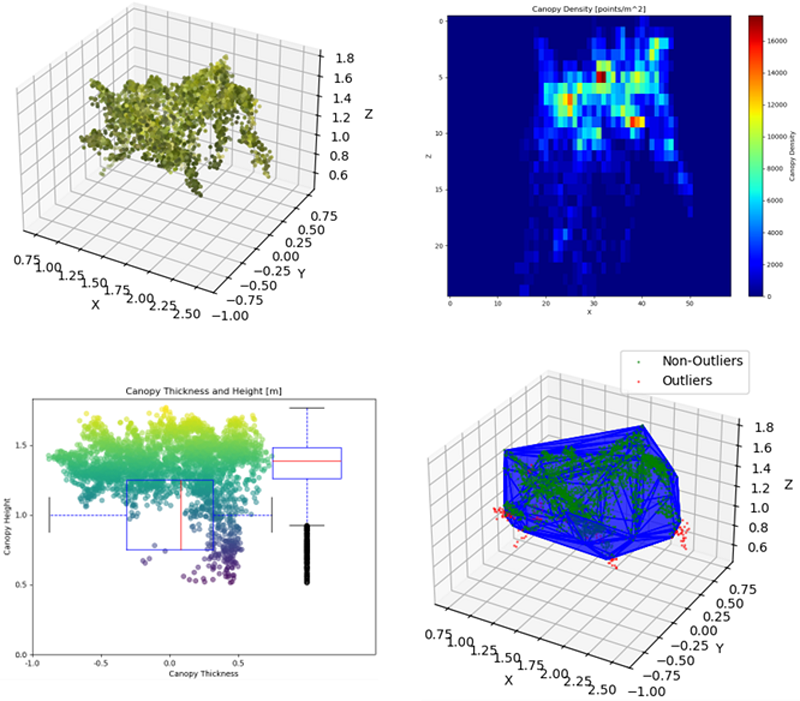
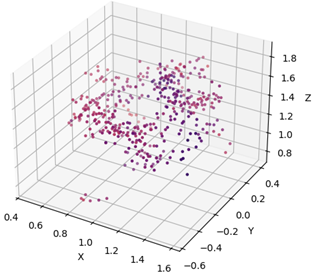
Fig.3: 3D RGB point cloud of the canopy (a), canopy density (b), canopy height and thickness (c), canopy volume (d), 3D thermal point cloud of the canopy (e).
By spatializing these data, extracted plant by plant in an automated way by computer vision and AI algorithms, two indices in particular can be derived:
- TRV (Tree Row Volume): represents the volume of the canopy per hectare, that is, it quantifies how much biomass is present in a hectare of plot. In Figure 4, the data is shown for each individual plant from which the canopy was previously extracted. Using techniques to spatialize the data, a zoning map can be obtained (Figure 5). The importance of this map lies in having an overall picture of the field at a glance and is the basis for developing prescription maps. The main purpose is to optimize input distribution and estimate vegetative density.
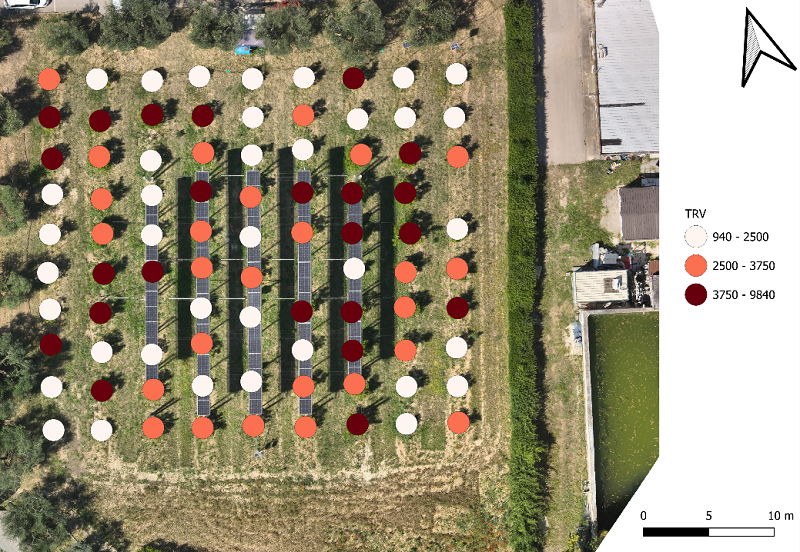
Fig.4: Point analysis of TRV (Tree Row Volume) for single citrus plant.
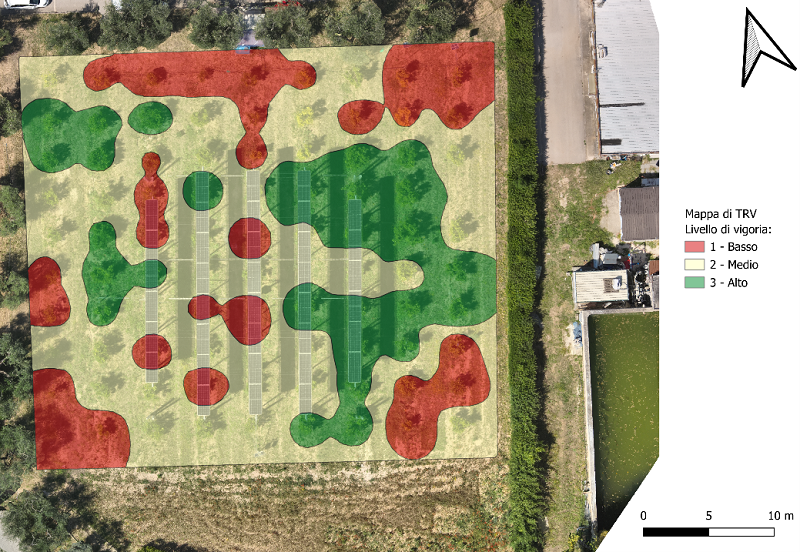
Fig.5: Map of the TRV (Tree Row Volume) index of a citrus grove in agrivoltage.
- CWSI ( CropWater Stress Index): measures the water stress status of crops, derived mainly from leaf temperature relative to air temperature. Again, Figure 6 identifies water stress on a plant-by-plant basis. The individual value was then spatialized to obtain a field map (Figure 7). The goal is to assess irrigation requirements and to manage water more efficiently.
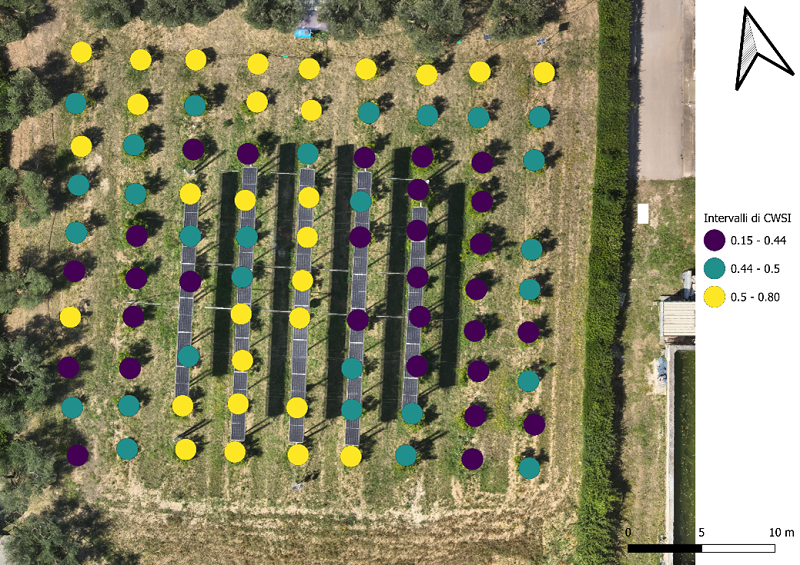
Fig.6: Point analysis of CWSI (Crop Water Stress Index) for single citrus plant.
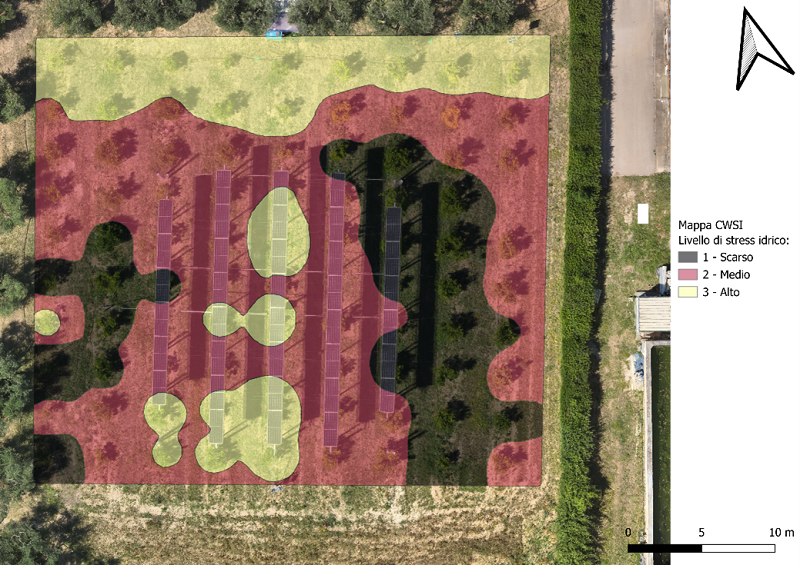
Fig.7: Map of the Crop Water Stress Index (CWSI) of a citrus orchard in agrivoltaic.
Conclusions
The survey conducted allowed for a detailed analysis of the citrus grove in agrivoltaic planting, going into the characteristics of the plant canopy even below the photovoltaic panels . This is made possible by the use of drones for low-altitude data acquisition capable of generating 3D models of the plot, which allows overcoming the difficulties of 2D or satellite analysis, which would not allow the analysis of crops below the panels.
The maps produced are crucial for the farmer to make informed decisions and take targeted action.
In this case study, in which there are different varieties of citrus trees at different growth stages, it was possible to show that in the northernmost area of the field, high water stress and also low canopy vigor are manifested. In the area where the PV panels are installed, the situation is mainly medium vigor and a medium level of water stress. In more detail, there are some plant spots with obvious low vigor and high stress. In contrast, the area furthest to the right of the field is in the best condition.
The Agrobit team knows that agrivoltaic installations represent a great opportunity for farmers. That’s why, with the iDrone service, we can support your agronomic decisions and improve the use of resources in the field.
We thank CIHEAM of Bari for their willingness to perform the survey in their experimental agrivoltaic plant.

